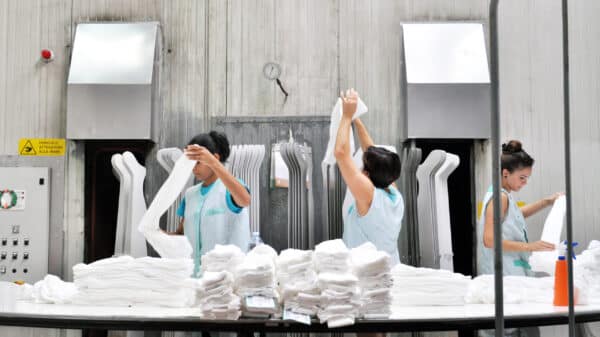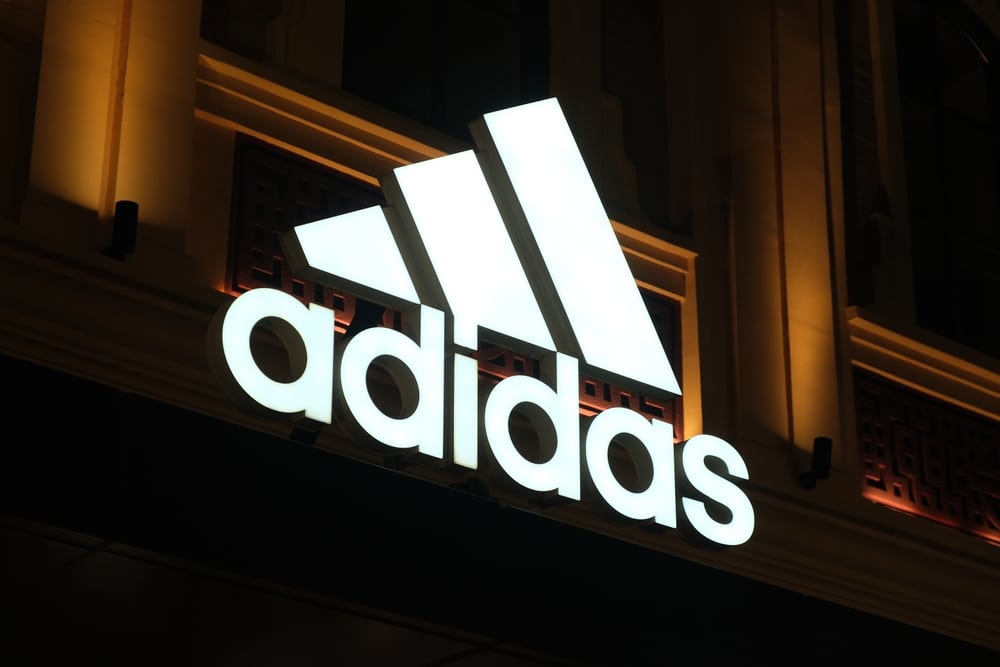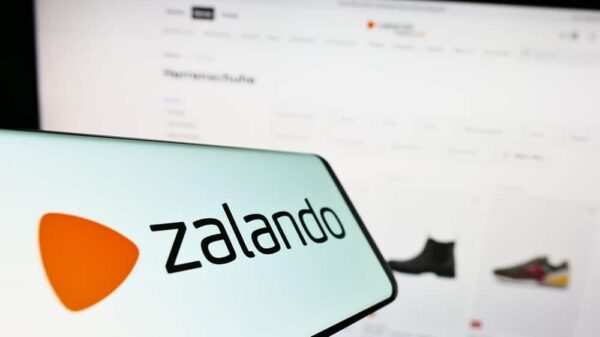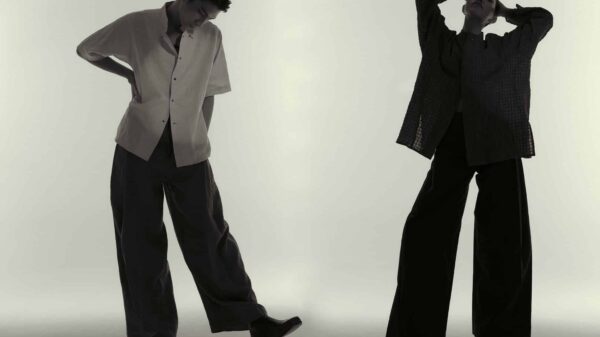Adidas AG is stepping confidently into 2025 with promising projections for profit growth. This optimism stems from the brand’s strategic decision to expand its collection of retro sneakers, which has reignited interest and momentum in its global sales, resonating particularly with consumers’ nostalgia and love for classic designs.
According to a statement released on Wednesday, which builds on preliminary figures shared in January for the fourth quarter, Adidas is gearing up for an operating profit forecast between €1.7 billion (about $1.81 billion) and €1.8 billion this year. While this figure is lower than the average analyst estimate of €2.07 billion, it’s important to remember that the company is known for its cautious forecasting. Indeed, Adidas had to raise its outlook three times last year, showing that their financial strategies can surprise in a positive way.
Under the leadership of CEO Bjørn Gulden, who is now in his third year, Adidas has navigated a series of difficult challenges effectively. Gulden, who previously led Puma SE, has skillfully managed the fallout from the brand’s exit from a high-profile partnership with rapper and designer Ye—formerly Kanye West. Investors have responded positively to his focused approach, emphasizing a return to the brand’s roots in sportswear and sensible product development. With this strategy, Gulden aims to close the gap with Nike Inc., which, despite its own hurdles, remains the prominent front-runner in the industry.
At the heart of Adidas’ resurgence is the surging demand for retro sneaker styles like the Samba and Campus. These designs are not just shoes; they are a reflection of a broader cultural trend towards vintage aesthetics. Adidas has tapped into this wave by reintroducing beloved models like the SL72 running shoe and the Tokyo trainer, satisfying consumer cravings for these nostalgic designs. Interestingly, Gulden has decided to hold back on the re-release of the iconic 1970s-era Superstar basketball shoes, wisely avoiding flooding the market and ensuring that these classics retain their appeal.
Beyond lifestyle footwear, Adidas is experiencing a robust demand for its performance gear as well. The Predator football boots and the Adizero running shoes are leading categories, indicating that the appetite for high-quality sports gear remains strong among athletes and casual runners alike.
As for global sales, Adidas anticipates currency-neutral growth in the high single digits for 2025, aligning with analyst projections. However, when excluding the now-defunct Yeezy franchise, the brand is optimistic about achieving double-digit growth. Recent sales figures tell a compelling story: a 16% increase in Greater China and a notable 25% surge across Europe during the fourth quarter, coupled with a 15% rise in North America—a market long dominated by Nike, and where Adidas has historically found it tough to make significant inroads.
In an important financial milestone, Adidas successfully completed the sale of its remaining Yeezy inventory during the fourth quarter of 2024, bringing in revenue of €650 million. This effectively closed a chapter that began when the company severed ties with Ye over two years prior, a move that had many in the industry speculating about Adidas’ future.
The company’s share price reflects this upward momentum, having risen approximately 32% over the past year, outpacing both Nike and Puma. It’s clear that Adidas is not just fighting to regain its footing but is truly positioning itself for long-term success, driven by a commitment to innovative designs and a solid grasp of what consumers want. As they embrace this exciting chapter, it’s evident that Adidas is combining their rich legacy with contemporary appeal in a way that speaks to both loyal fans and new customers alike.
Image Source: Robert Way / Shutterstock





























